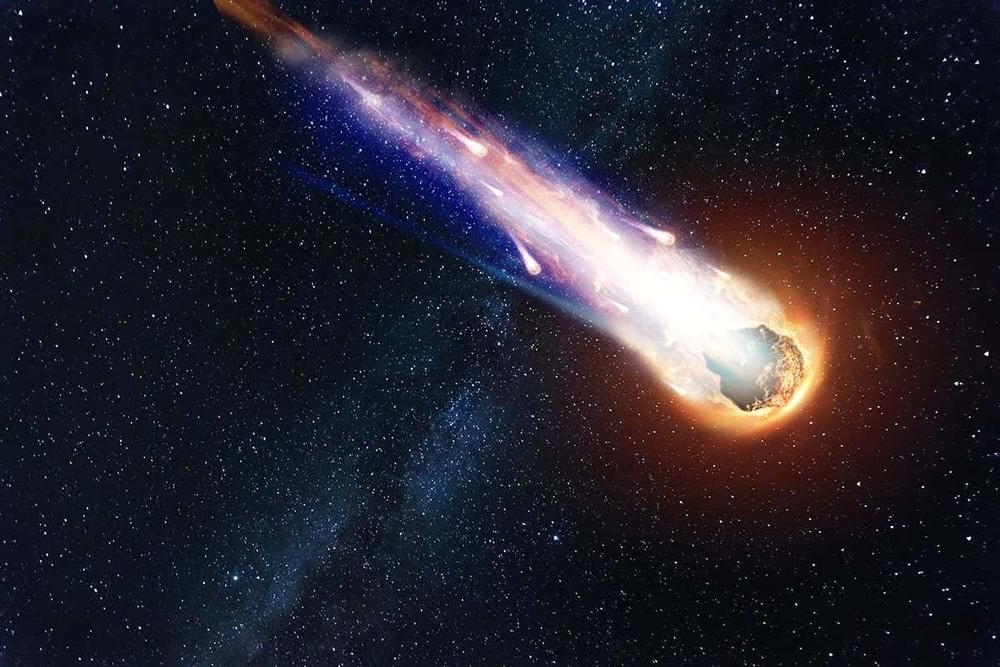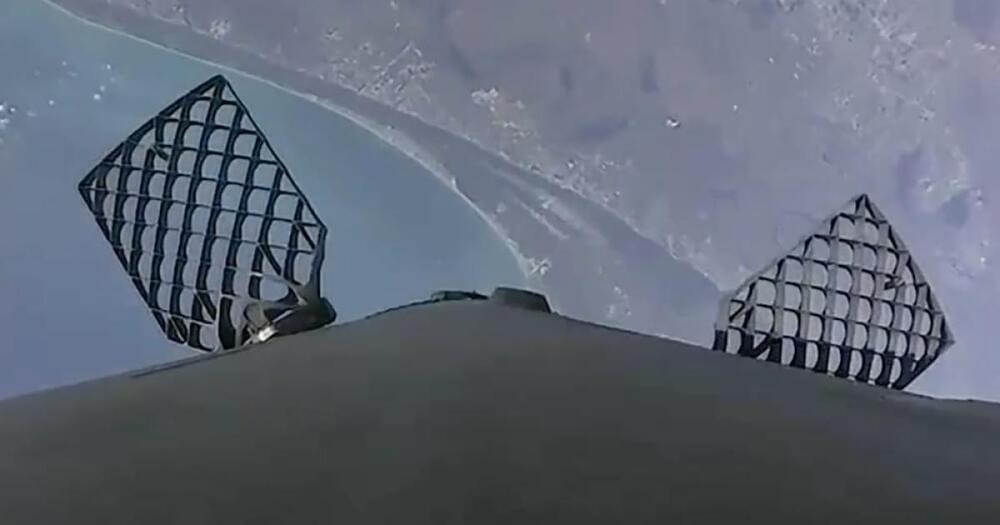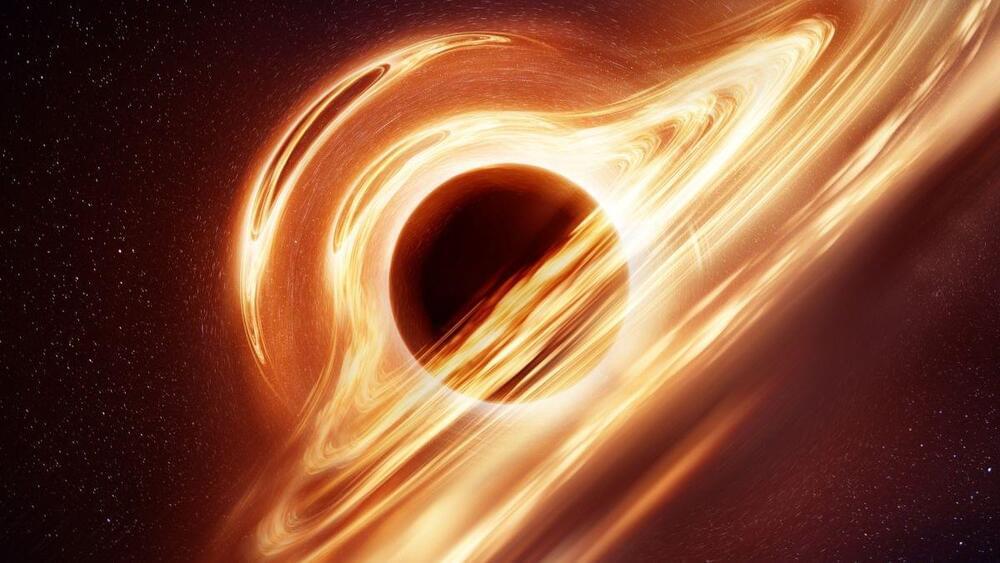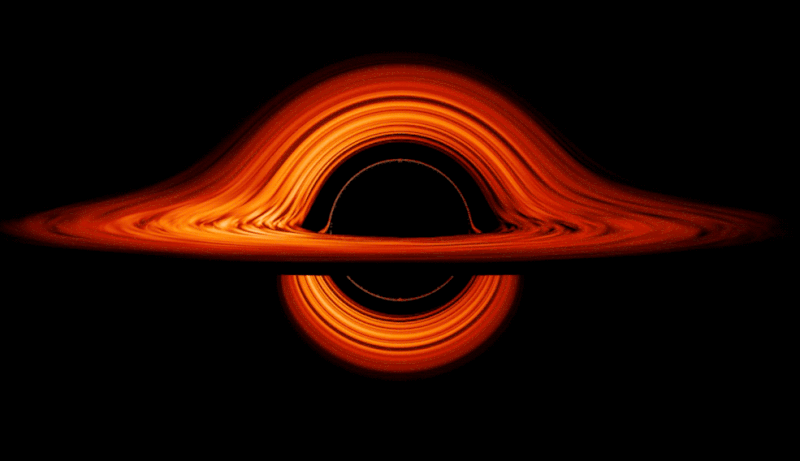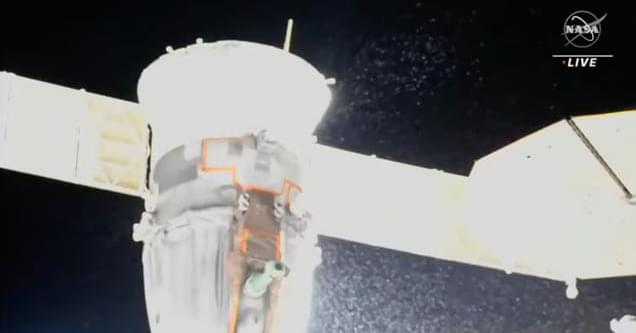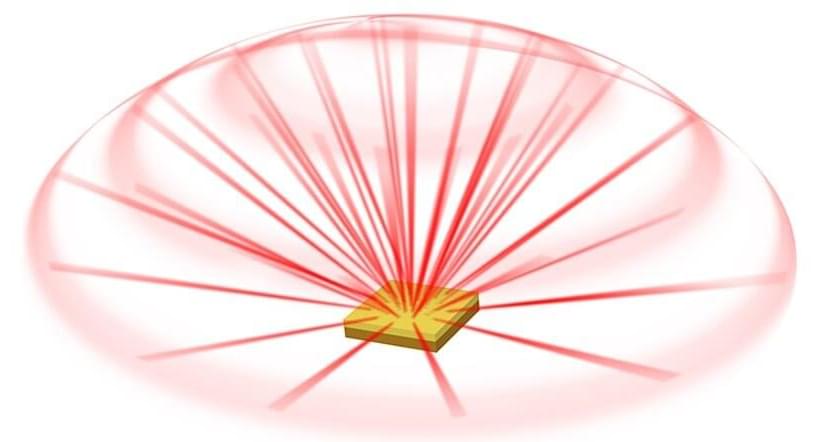
Lasers find applications across several fields ranging from telecommunications and remote sensing to medicine. There are many ways in which one can generate laser emission, or lasing, from a device or material. Consequently, there are many types of lasers with different principles of operation.
One emerging and promising method to achieve lasing with high energy efficiency is by leveraging what are known as “bound states in the continuum” (BICs). In simple terms, these states describe waves that remain highly localized in space but coexist with a continuous spectrum of waves that are not localized (traveling waves). When dealing with light, an electromagnetic wave, BICs can be realized by carefully designing the geometry of a confining periodic structure.
Although scientists have already reported a few types of BIC-based lasers, most of them can only emit a beam in a perfectly or almost perfectly vertical direction away from the surface of the device. This limitation hinders the use of such BIC lasers in applications where angling the emitted beam is necessary.
